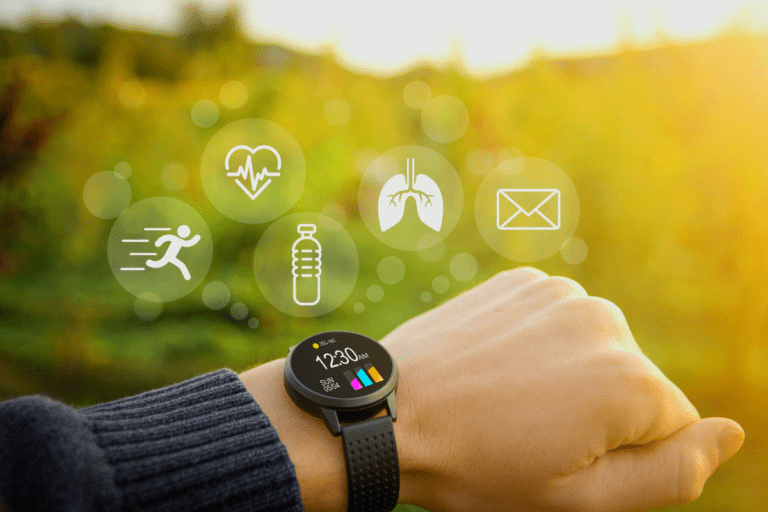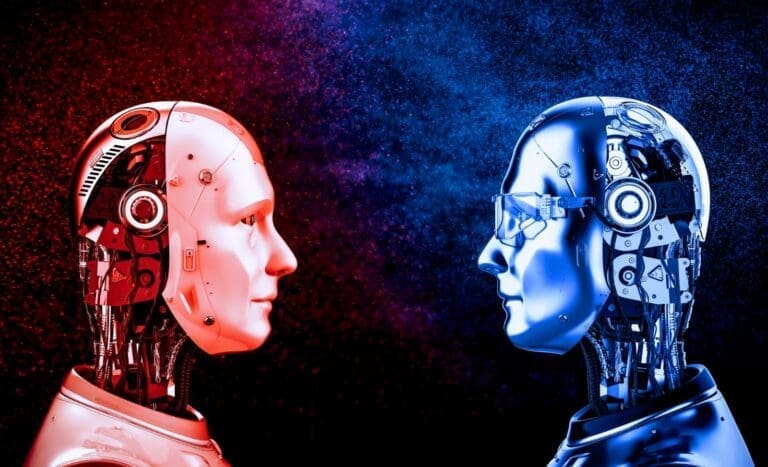Next-Generation Robots – The New Era!
As technology continues to advance at an unprecedented pace, the next generation of robots is poised to revolutionize the way we live and work. With increased capabilities and advanced features such as artificial intelligence, enhanced sensory abilities, increased mobility and dexterity, collaborative capabilities, and personalization, the next generation of robots will be more versatile and adaptable than ever before. From healthcare and manufacturing to transportation and home automation, these advanced robots have the potential to transform a wide range of industries and improve our daily lives in countless ways. In this article, we will explore some of the key features and capabilities that we can expect from the next generation of robots, and examine the potential impact of these advanced machines on our society and economy.
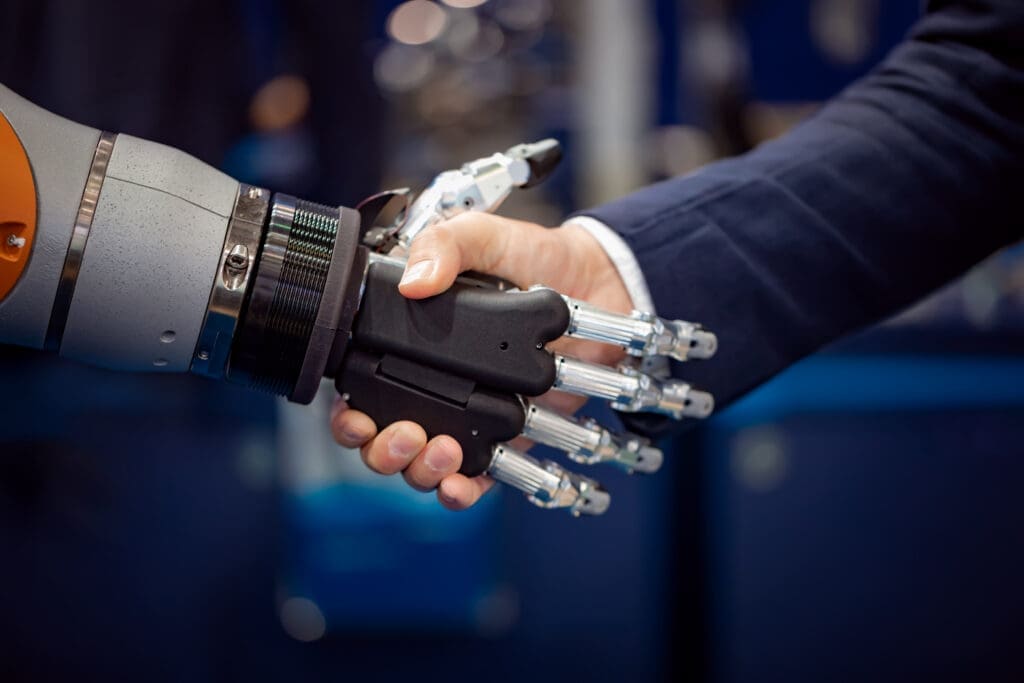
Features of Next-Generation Robots
The next generation of robots promises to be more intelligent, adaptable, and capable than ever before. Here are some of the key features that we can expect from the next generation of robots:
Next-generation robots will have advanced artificial intelligence capabilities that enable them to learn, reason and make decisions based on complex data sets. This will allow robots to perform more complex tasks and adapt to changing environments, making them more versatile and useful.
Sensory Abilities
Sensory abilities such as sight, touch, and hearing will be enhanced in the next generation of robots. This will enable robots to navigate their environment more effectively, interact with humans more intuitively, and perform more complex tasks that require precise sensory input.
Mobility and Dexterity
The next generation of robots will have increased mobility and dexterity, allowing them to move and manipulate objects in ways that were previously impossible. This will enable robots to perform tasks that require fine motor skills and precise movement, such as performing surgery or assembling complex machinery.
Collaborative Abilities
Collaboration between humans and robots will be a key feature of the next generation of robots. Robots will be designed to work alongside humans, providing assistance and support in tasks that require teamwork and coordination.
Personalization
Robots will be designed to be more personalized, with features that can be customized to meet the specific needs of individual users. This will enable robots to provide more personalized assistance and support and to adapt to the preferences and habits of their users.
Examples of Next-Generation Robots
The next generation of robots promises to be more intelligent, adaptable, and capable than ever before. With advanced AI, enhanced sensory abilities, increased mobility and dexterity, collaborative capabilities, and personalization, robots will become an even more integral part of our daily lives, helping us to perform tasks more efficiently and effectively.
Soft Robots
Soft robots are made of flexible materials that allow them to move more naturally and interact more safely with humans. They can be used in a wide range of applications, from healthcare and manufacturing to exploration and search and rescue missions.
Collaborative Robots (Cobots)
Cobots are designed to work alongside humans in shared workspaces, rather than replacing them. They are equipped with sensors and safety features that enable them to collaborate safely and efficiently with human workers.
Autonomous Vehicles
Autonomous vehicles, such as self-driving cars and trucks, are equipped with advanced sensors, cameras, and artificial intelligence that enable them to navigate roads and make decisions without human intervention. They have the potential to revolutionize transportation by increasing safety, reducing traffic, and improving efficiency.
Personal Robots
Personal robots are designed to assist individuals with daily tasks, such as cleaning, cooking, and organizing. They can be controlled using voice commands, touch screens, or mobile apps, and can be customized to meet individual needs and preferences.
Swarm Robots
Swarm robots are designed to work together in large groups, mimicking the behavior of natural swarms, such as bees or ants. They can be used in applications such as search and rescue, environmental monitoring, and construction.
Exoskeletons
Exoskeletons are wearable robotic devices that provide support and assistance to humans. They can be used to enhance physical abilities, such as strength and endurance, and to assist individuals with mobility impairments.
These are just a few examples of the many types of next-generation robots that are being developed. As technology continues to advance, we can expect to see even more advanced and innovative robotics systems that will transform the way we live and work.
Importance of Next-Generation Robots
The development of next-generation robotics is of great importance in many fields, including manufacturing, healthcare, transportation, and more. Here are some of the key benefits of next-generation robotics:
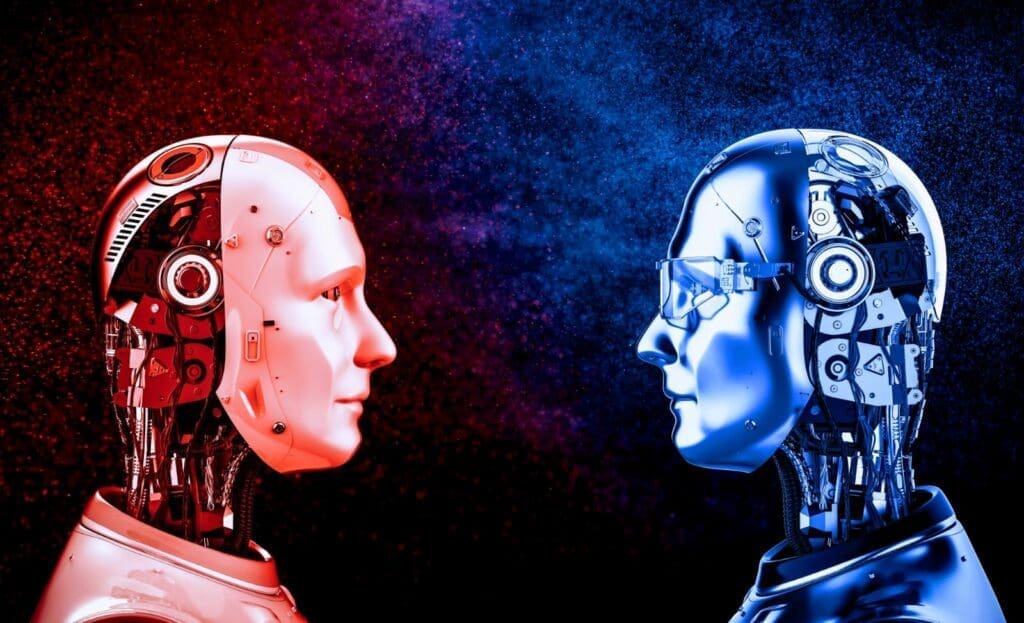
Increased Efficiency and Productivity
Next-generation robots can be designed to perform tasks faster and more accurately than humans. This can lead to increased efficiency and productivity, particularly in fields such as manufacturing, where robots can work around the clock without needing breaks.
Improved Safety
Robots can be used to perform dangerous or hazardous tasks, such as working in high heat or radiation environments or handling toxic materials. By using robots instead of humans, the risk of injury or illness can be significantly reduced.
Enhanced Precision
Next-generation robots can be designed to perform tasks with incredible precision, such as microsurgery or electronics assembly. This level of precision is often beyond the capabilities of human workers.
Increased Accessibility
Personal robots and exoskeletons can be used to assist individuals with mobility impairments or disabilities, improving their ability to perform daily tasks and increasing their independence.
Reduced Costs
While the initial investment in robotics technology can be high, the long-term benefits can lead to significant cost savings, particularly in manufacturing and logistics.
Innovation and Growth
Next-generation robotics is a rapidly evolving field, with new advances and breakthroughs being made all the time. This presents opportunities for innovation and growth and can help to drive economic development and job creation.
In summary, next-generation robotics is important for improving efficiency, safety, precision, accessibility, and reducing costs. It also presents opportunities for innovation and growth, making it a crucial area of research and development for the future.
How to Improve Your Robotics Skills to be an Expert in Next-Generation Robots
Improving your robotics skills requires a combination of education, practical experience, and a passion for learning. Here are some steps you can take to become an expert in next-generation robotics:

Get a Formal Education
Pursue a degree or certification program in robotics, computer science, or a related field. This will give you a solid foundation in the principles of robotics, including design, programming, and control.
Build Projects
Engage in hands-on projects to develop your practical skills in robotics. Join a robotics club, participate in hackathons, and build your own robots using open-source platforms like ROS (Robot Operating System).
Learn Programming Languages
Familiarize yourself with programming languages used in robotics such as Python, C++, and Java. These are essential for developing advanced robotics applications.
Stay Current with Industry Developments
Follow the latest trends and innovations in the field by attending conferences, joining online communities, and reading industry publications.
Collaborate with Others
Collaborate with other experts in the field and work on open-source projects. This will help you gain experience in working with a team and developing complex robotics systems.
Specialize in a Niche
Specialize in a specific area of robotics, such as healthcare robotics, manufacturing robotics, or autonomous vehicles. This will help you become an expert in a particular field and develop skills that are in high demand.
Practice, Practice, Practice
Lastly, practice your skills regularly by building and testing robots, working on projects, and experimenting with different applications. This will help you develop your skills and stay up-to-date with the latest developments in the field.
By following these steps, you can improve your robotics skills and become an expert in next-generation robotics. Remember to stay curious, learn from others, and never stop exploring new technologies and possibilities.
Importance of DIY Robotics to be an Expert in Next-Generation Robotics
DIY robotics, or the practice of building and programming robots as a hobby or for personal use, can be a valuable way to develop the skills needed to become an expert in next-generation robotics. Here are some reasons why DIY robotics is important for improving your robotics skills:

Hands-on Experience
DIY robotics provides hands-on experience in building and programming robots. This practical experience is essential for developing the skills needed to design and build complex robotics systems.
Creative Problem-solving
Building robots from scratch requires creative problem-solving skills, as you have to work through technical challenges and design issues on your own. This type of experience helps to develop the ability to think creatively and develop innovative solutions to complex problems.
Collaboration
DIY robotics often involves collaborating with others who share your passion for robotics. This type of collaboration can help you to learn from others, share your knowledge, and develop a network of like-minded individuals who can support and inspire you in your robotics journey.
Flexibility
DIY robotics allows for a high degree of flexibility and experimentation. You can build robots with a wide range of components and materials, and experiment with different programming languages and frameworks. This flexibility helps you to explore different approaches to robotics and discover what works best for you.
Inexpensive
DIY robotics can be done on a budget, as there are many affordable components and open-source platforms available for building robots. This makes it accessible to anyone who is interested in learning about robotics, regardless of their budget.
In summary, DIY robotics is an important way to develop the skills needed to become an expert in next-generation robotics. It provides hands-on experience, creative problem-solving skills, collaboration opportunities, and flexibility, and is inexpensive. By building robots and experimenting with different approaches to robotics, you can gain the skills and knowledge needed to design and build advanced robotics systems.
Unlock the Potential of Next-Generation Robotics with PCBWay
PCBWay is a company that provides printed circuit board (PCB) prototyping, manufacturing, and assembly services. They offer a range of PCB-related services, including PCB fabrication, PCB assembly, PCB design, and PCB stencil. PCBWay has an online platform that allows customers to upload their design files, get instant quotes, and place orders for PCB prototyping and manufacturing. They also have a team of engineers who can provide design reviews and technical support to customers.

In addition to PCB services, PCBWay also offers a range of other services, such as 3D printing, CNC milling, and laser cutting. PCBWay is known for its affordable prices, quick turnaround times, and high-quality PCB products. They have served customers from a variety of industries, including aerospace, medical, automotive, and consumer electronics.
PCBWay Robotics Community
PCBWay Robotics Community is an online community platform for robotics enthusiasts, hobbyists, and professionals to connect, share knowledge, and showcase their robotics projects. The platform is managed by PCBWay, a company that provides PCB prototyping, manufacturing, and assembly services.
The PCBWay Robotics Community offers various features, including a forum for members to ask and answer questions related to robotics, a blog section where members can share their projects and experiences, and a project gallery where members can showcase their projects. The community also hosts various robotics contests and challenges to encourage innovation and creativity in the robotics field. Members can participate in these contests and win prizes.
In addition to the online community platform, PCBWay Robotics Community also offers various resources and tools to help members with their robotics projects. These include tutorials, design files, and PCB layouts. Overall, the PCBWay Robotics Community is a great resource for anyone interested in robotics, providing a platform for learning, sharing, and collaboration in the field. There are many different robotics projects available.
Quadruped Robot Model
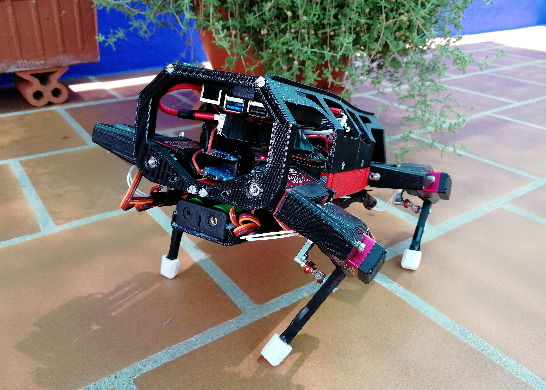
PicoSMARS – A Pico Powered Robot
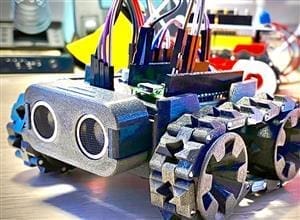
NovaSM3 v5.2c
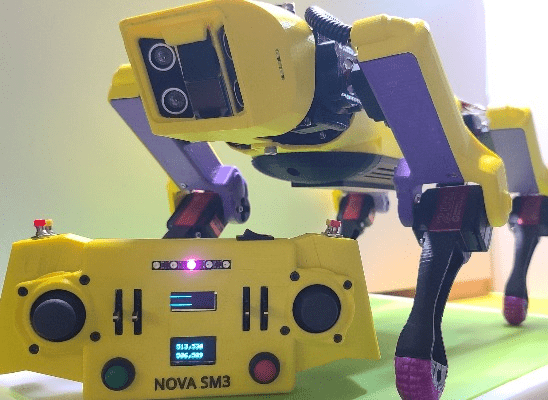
Conclusion
In conclusion, the development of next-generation robots has the potential to revolutionize the way we live and work. From soft robots and collaborative robots to autonomous vehicles and personal robots, the possibilities for next-generation robotics are endless. These robots offer increased efficiency, productivity, safety, precision, and accessibility while reducing costs and driving innovation and growth.
Individuals can improve their robotics abilities by pursuing education and training, engaging in DIY robotics, and keeping up with the most recent developments and trends in the industry in order to become experts in next-generation robotics. We can anticipate even more inventive and revolutionary robots that will alter the way we interact with the environment as technology continues to advance. Overall, the field of next-generation robotics holds great promise for enhancing our lives in a variety of ways, and it will be fascinating to follow and participate in in the years to come.
